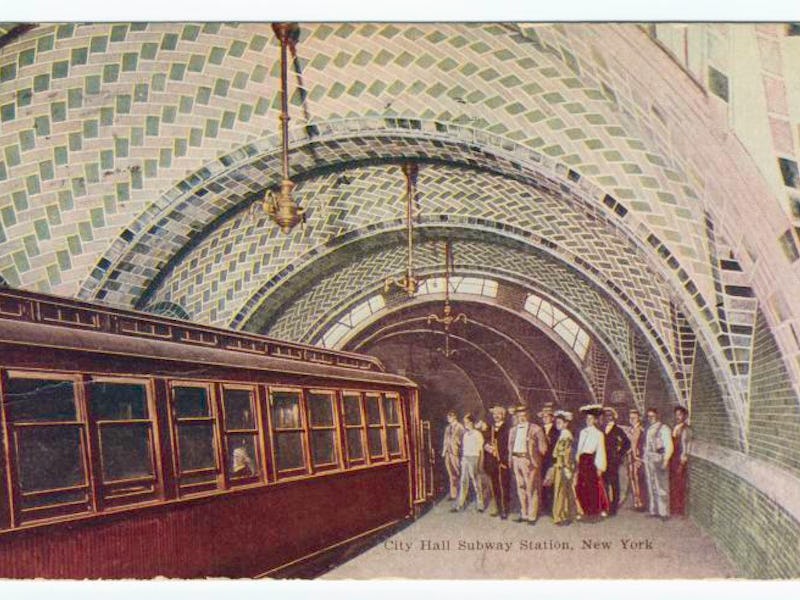Maddening NYC Subway Delays Finally Explained in New Documentary
How and why the New York City subways got so bad.

Though it runs 24 hours a day, seven days a week, the subway system in New York City has become a source of constant complaints from both denizens of the city and tourists around the world. But how did things get so bad? A new incisive documentary from the New York Times elucidates the degradation of perhaps the most famous mass transit system on the planet.
On Wednesday, the New York Times published a new 10-minute documentary titled “Your Train is Delayed. Why?” In it, reporters Ora Dekornfeld and Alexandra Garcia attempt to answer the question as simply as possible. But they start off with a shocking fact: “The New York City subway now has the worst on-time performance of any major rapid transit system in the world.”
The charming, documentary profiles various commuters frustrations and stories about being trapped underground, including a bunch of people singing. But, it reveals some eyebrow-raising information. Although the Metropolitan Transporation Authority that controls the NYC subway has undergone setbacks before, things are considerably worse than they were ten years ago. And the primary reason for this is that the architecture of the NYC subway system is over a century old.
“It’s not just the architecture that’s 100 years old, but it’s a lot of the basic technology, too,” says one MTA representative, who is quoted from an official MTA video. What this means is that the light signals that are used underground to let trains know that they are safe to proceed are engineered and operated essentially in the same way that they were in the early 20th century. Damningly, this statement reveals that the MTA never knows exactly where the trains are on the track at any given time, but instead is aware of the section of track they occupy.
Considering your average smartphone is capable of telling you exactly where you are on a given street corner, it’s truly shocking that a huge mass transit system is considerably less precise when it comes to knowing where exactly immense trains are, all of which contains thousands of people every single day. According to the Times, since MTA began upgrading its signal technology twenty years ago, it has only replaced its outdated signals with newer technology on the L train line.
So, if you’re a New Yorker, or a traveler visiting the city, don’t take your frustration out on the Subway workers when you experience train delays. These people are just relying on technology that was mostly invented when their grandparents were young and taking to the streets of a very different city.